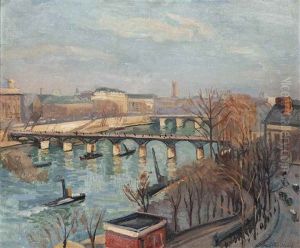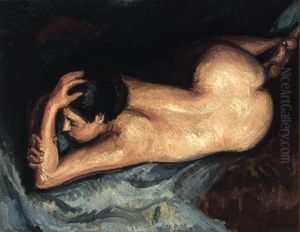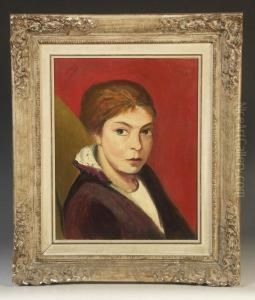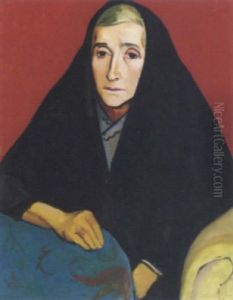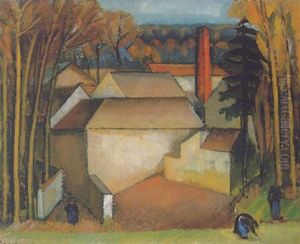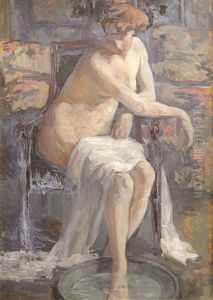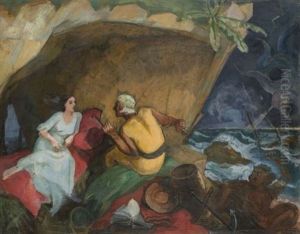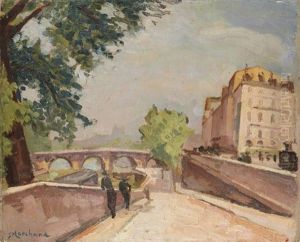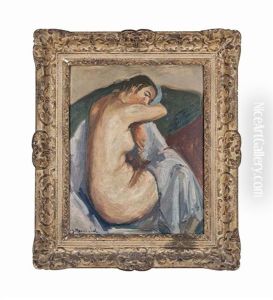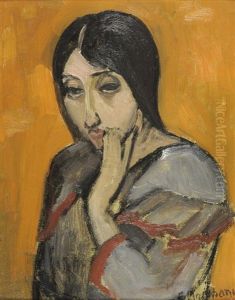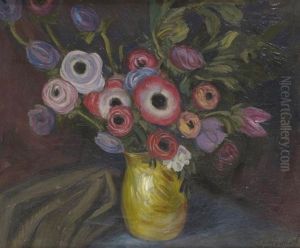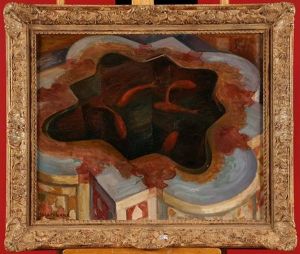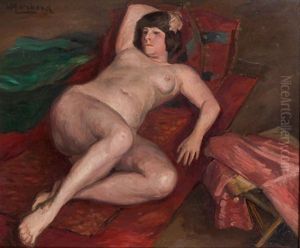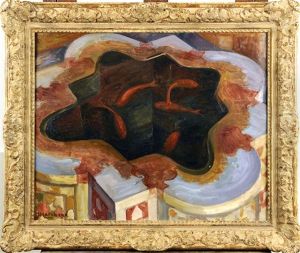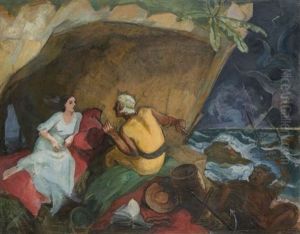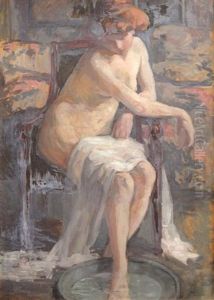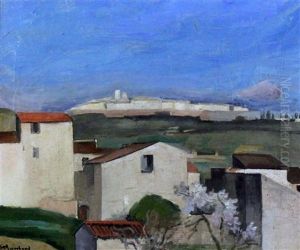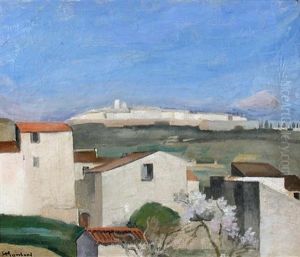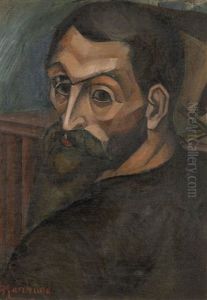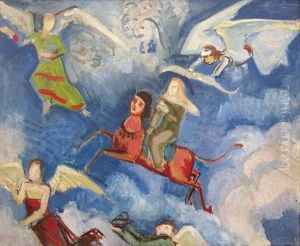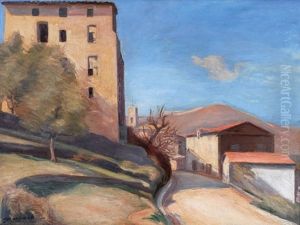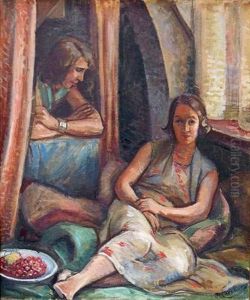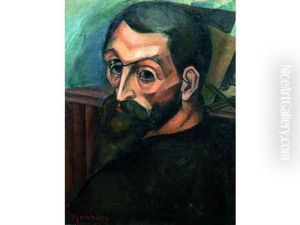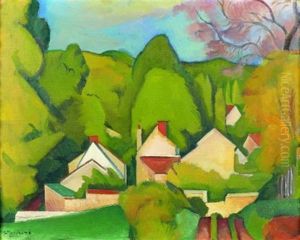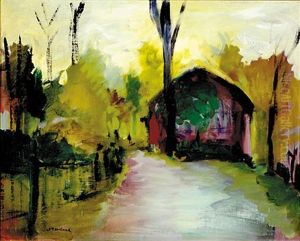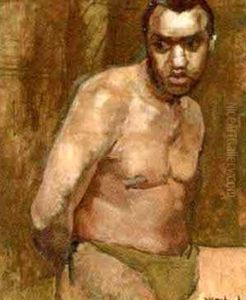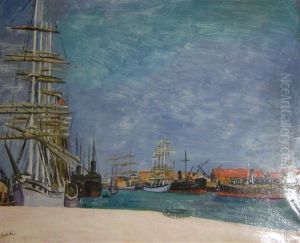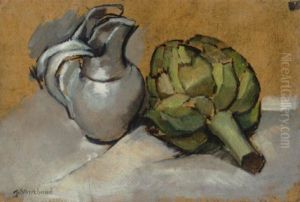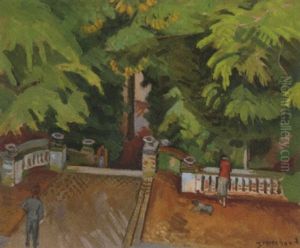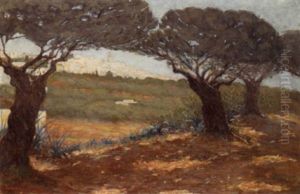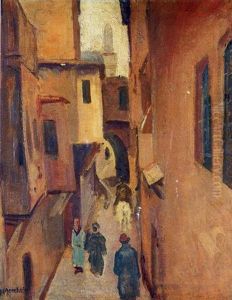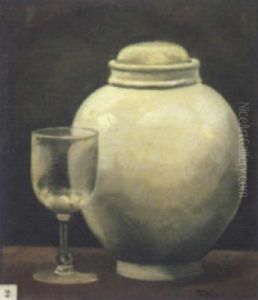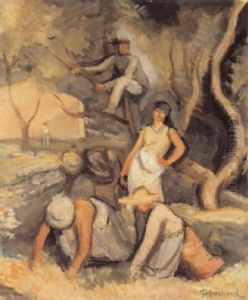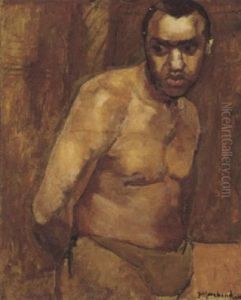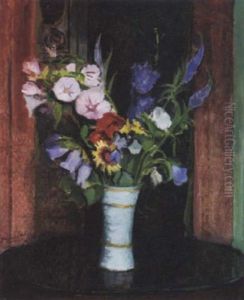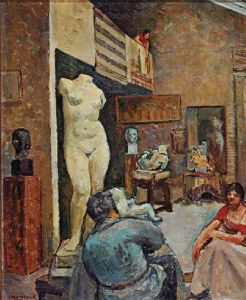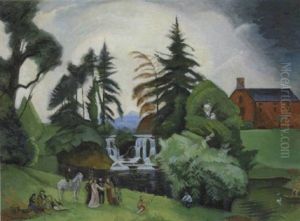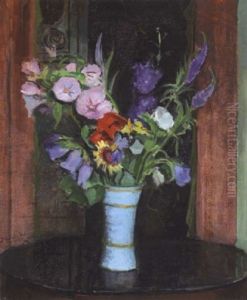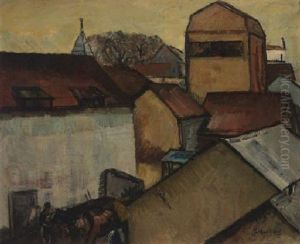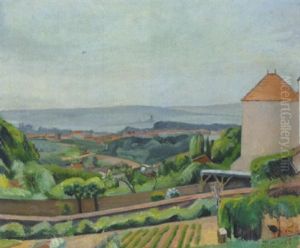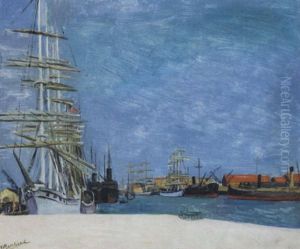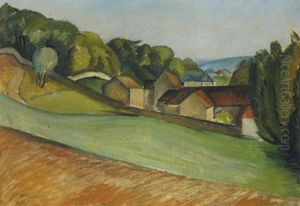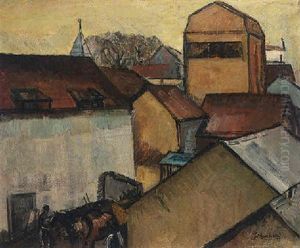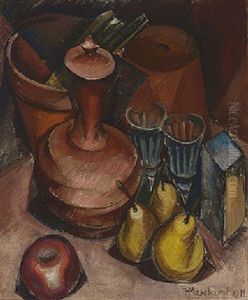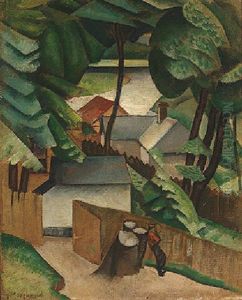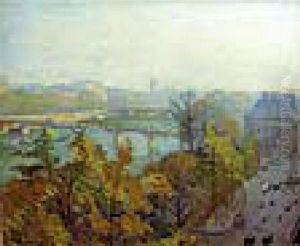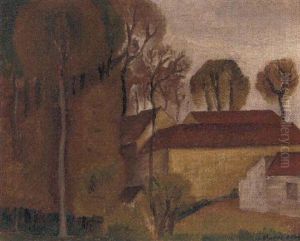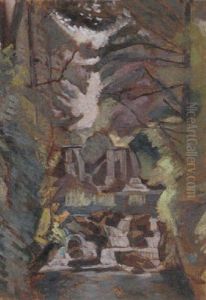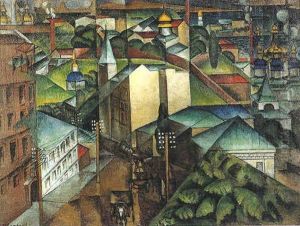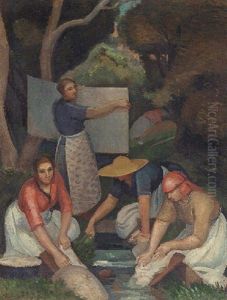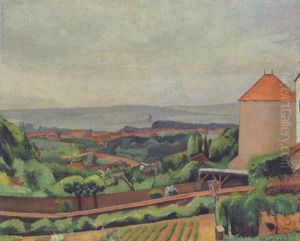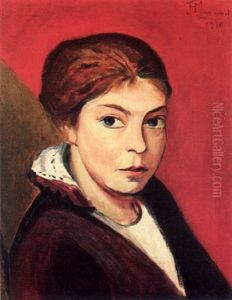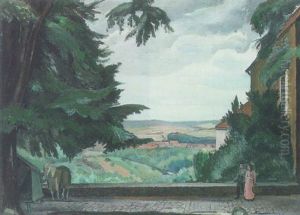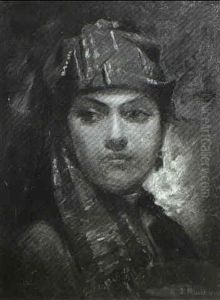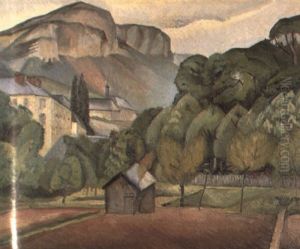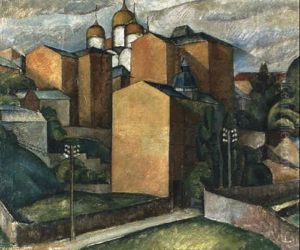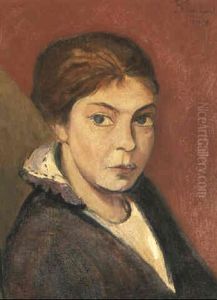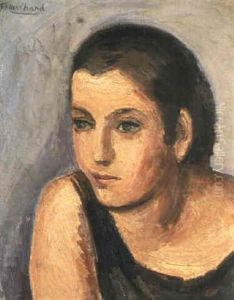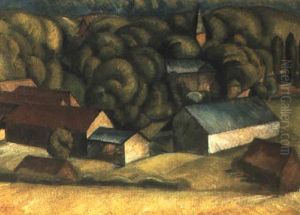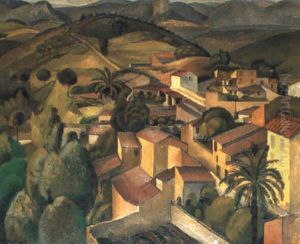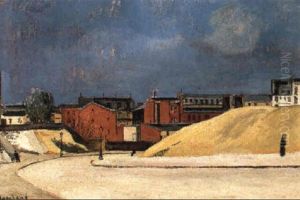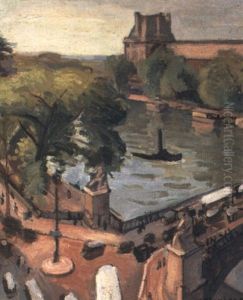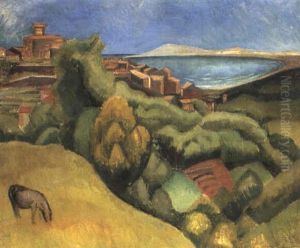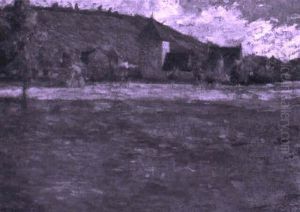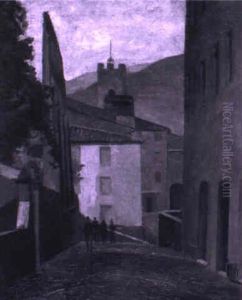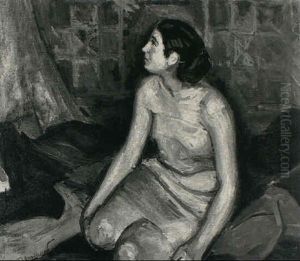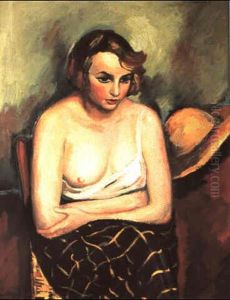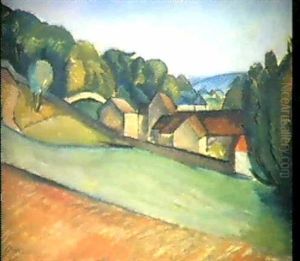Jean Hippolyte Marchand Paintings
Jean Hippolyte Marchand was a French painter, printmaker, and illustrator associated with the Cubist movement. Born on April 21, 1883, in Paris, Marchand grew up in a family that encouraged his artistic talents from a young age. He studied at the École des Beaux-Arts in Paris, where he was exposed to the works of the Impressionists and Post-Impressionists, which influenced his early style.
Marchand's work initially displayed a strong influence from Paul Cézanne, characterized by a structured approach to form and a bold use of color. He exhibited at the Salon des Indépendants for the first time in 1904 and continued to show his work there and at other important Parisian venues. In the years leading up to World War I, Marchand's style evolved as he became increasingly interested in the avant-garde movements that were transforming the Paris art scene.
By 1910, he had begun to incorporate elements of Cubism into his work, simplifying forms into geometric shapes and experimenting with fragmented spatial arrangements. Although Marchand was never a member of the core group of Cubists like Pablo Picasso and Georges Braque, he was a part of the Section d'Or, a collective of artists who sought to expand and interpret Cubist ideas in diverse ways. His contributions to Cubism were noted for their lyrical qualities and use of vibrant colors.
During World War I, Marchand served in the French army, and his experiences during the war impacted his artistic output. After the war, he continued to paint, but his style shifted again, showing an increased interest in classical forms and a return to a more traditional representation, though still influenced by his Cubist period. Throughout the 1920s and 1930s, he worked on a variety of projects, including book illustrations and theater designs, in addition to his painting.
Marchand was also a teacher, sharing his knowledge and techniques with younger artists. His influence was felt not only in his artworks but also in his mentoring of the next generation of painters.
Jean Hippolyte Marchand's career was cut short when he died on October 10, 1940, in Paris. Despite his relatively early death, he left behind a body of work that remains influential for its contribution to the evolution of early 20th-century art, particularly in the realms of Cubism and Post-Cubism. His works are held in various museum collections around the world, including the Musée d'Orsay in Paris and the Tate Gallery in London.
